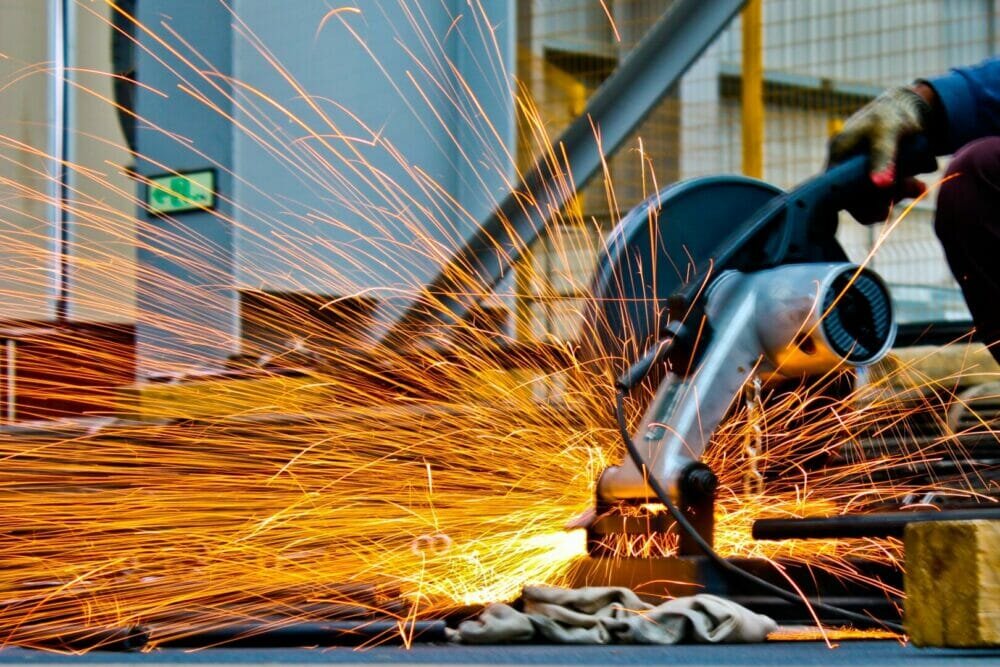~ By changing the materials they work with, businesses can become more sustainable ~
Sustainability is a key focus of many industries these days, with many looking to switch out older ways of doing things for newer, more eco-friendly ways. One of the ways companies are looking at making sustainable changes is by changing the material they use. However, finding alternatives to previously used materials can prove difficult. Samir Jaber, technical writer at materials platform Matmatch, looks at the difficulties in sourcing alternatives and how materials buyers can research new materials properly.
According to a study by the WWF, there has been a 71 per cent rise in searches for sustainable goods over the last five years. This rise continued during the pandemic, suggesting that the increasing interest in sustainability is here to stay. In order to keep up with consumer demand, businesses have to create more sustainable products. One way of succeeding is by switching out older materials for more sustainable equivalents.
Construction industries have been switching from concrete to steel due to its eco-friendly nature. Steel can be continuously reused once created which is why it is certified as a green material in construction under the International Green Construction Code (IgCC) and USGBC’s LEED (Leadership in Energy and Environmental Design). By changing in line with consumer demand, the construction industry can continue to grow and thrive years into the future.
However, not every switch to new materials is as easy. One of the main problems that material buyers and engineers face when looking for new material is the differing naming standards in each country. The USA, for example, grades steel using the SAE standard. Germany uses DIN standards and Japan uses JIS. This can increase confusion around whether the purchaser is getting the same strength of steel across different standards.
Regional differences are not the only issue; materials can also become discontinued. The ASTM A502 is a discontinued range of steel structural rivets. This poses a problem for engineers who are unaware that this range was discontinued and do not know how to replace the material with an suitable alternative.
Material platforms can help collate all the information into one resource that can help engineers and material buyers make an informed purchase. Equivalent Materials, a Matmatch created website, is one such online platform. It allows people to input their material grade and brings up a list of equivalent alternatives for them to choose from. The website features standards from DIN, JIS, ASTM, SAE, ISO, and AISI.
When searching Equivalent Materials, purchasers can click through for more information on Matmatch’s website. Engineers can search through details on the properties of materials and compare their materials to other alternatives.. The website also details where the suppliers are located, so purchasers can find a more locally convenient option.
With the increase of interest in sustainability, it is important material purchasers understand how to find the alternatives they are looking for. But due to a variety of different naming standards, it can be confusing to understand what other materials are equivalent. Material platforms, such as Equivalent Materials, can help make the process easier for businesses to walk into the sustainable future.





